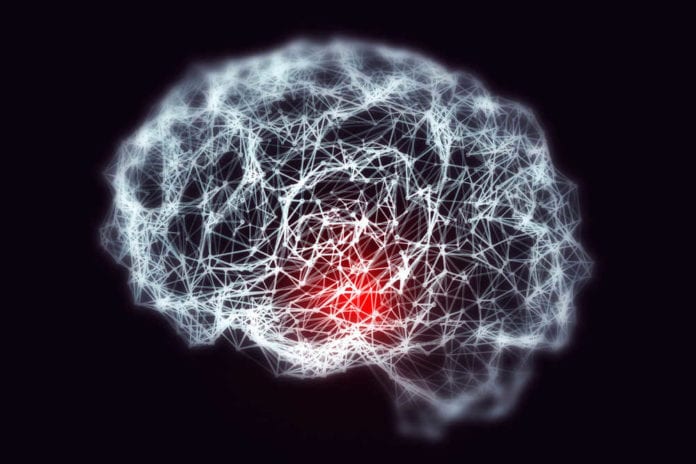Alzheimer’s Disease Analysis Via Gene Expression Mapping in Single Cell
For the very first time, researchers have conducted an extensive analysis of genes expressed in human brain cells of patients with AD using single-nucleus RNA-seq (snRNA-seq) profiles, identifying distinctive cellular pathways that are affected in neurons and other kinds of cells.
“This study provides, in my opinion, the very first map for moving after each the molecular processes which are altered in Alzheimer’s disease in every single cell form which we can now reliably characterize,” said Manolis Kellis, PhD, professor of computer science and a part of the Computer Science and Artificial Intelligence Laboratory at MIT. “It opens up a completely new era for understanding Alzheimer’s.”
The work, published in an article titled, “Single-cell transcriptomic analysis of Alzheimer’s disease” at Nature, showed that axon myelination is considerably disrupted in patients with AD. The researchers found that the brain tissues of women and men change in their genes respond to the illness.
The researchers examined postmortem brain samples in 24 individuals who exhibited high levels of AD pathology. They performed snRNA-seq from these subjects on approximately 80,000 cells.
“We wanted to understand if we can distinguish whether each cell type has
differential gene expression patterns between healthy and diseased brain tissues,” said – Li-Huei Tsai, Ph.D., director of MIT’s Picower Institute for Learning and Memory and a senior author on the study. “This is the power of single-cell-level evaluation: You’ve got the resolution to really observe the differences among all the different cell types in the brain”The researchers were able to test not only the most abundant cell types, which include excitatory and inhibitory neurons, but also rarer brain cells such as oligodendrocytes, astrocytes, and microglia. They discovered that each of those cell types showed different gene expression differences.
One of the most significant changes happened in genes related to axon regeneration and myelination. In oligodendrocytes and neurons, the cells that make myelin, genes associated with myelination were changed in people with AD.
The majority of these changes in gene expression occurred early in the disease’s development. In later stages, the researchers found that many cell types had similar patterns of gene expression shift. Especially, most brain cells turned up the cellular machinery required to maintain protein ethics, and enzymes related to stress response, programmed cell death.
Other steps of the severity like the degree of amyloid plaques and neurofibrillary tangles of Alzheimer along with correlations between gene expression patterns, in addition to cognitive impairments, were reported. This allowed the identification of”modules” of enzymes that appear to be connected to different characteristics of the disease.
“To identify these modules we devised a novel approach that entails using an artificial neural network and which enabled us to learn the collections of genes that are connected to the various facets of Alzheimer’s disease at a totally impartial, data-driven fashion,” Hansruedi Mathys, PhD, postdoctoral associate and co-first writer on the newspaper said. “We expect that this strategy will be valuable to also identify gene modules connected with other brain disorders.”
The finding was the discovery of a dramatic difference between brain cells in female and male Alzheimer’s patients. They found that neurons and brain cells from patients showed gene expression changes that were less pronounced than cells from female people in Alzheimer’s, though those patients did show similar symptoms, including plaques and cognitive impairments. Brain cells from patients showed gene-expression changes that were more severe in an expanded set of pathways that were altered, along with Alzheimer’s disease.
It is uncertain why this discrepancy exists. The sex difference was especially stark in oligodendrocytes, which produce myelin, so the investigators conducted an analysis of patients’ white matter, which is composed of myelinated axons. Employing a set of MRI scans out of 500 additional subjects, the researchers found that male subjects had not to matter damage than female subjects with memory deficits.
More research is needed to determine why men and women respond so differently to Alzheimer’s disease, the researchers state, and also the findings could have implications for developing and taking remedies.
“There’s clinical and preclinical evidence of sexual dimorphism in Alzheimer’s inclination, but no underlying mechanisms are understood. Our work points to differential cellular processes as potentially having a function involving non-neuronal myelinating cells. It will be key to figure out if these clusters protect or harm the brain cells only in among the sexes–and the way to balance the reaction in the desired direction on another,” explained Jose Davila-Velderrain, PhD, a postdoctoral associate at the Computer Science and Artificial Intelligence Laboratory (CSAIL) at MIT and co-first writer on the paper.
The researchers are now using a mouse and human triggered pluripotent stem cell versions to study some of the pathways that are major they identified as associated in this research with Alzheimer’s. They aim to perform gene expression analyses like different forms of dementia that are related to Alzheimer’s, as well as brain disorders like schizophrenia, bipolar disorder, psychosis, and varied dementias.






























